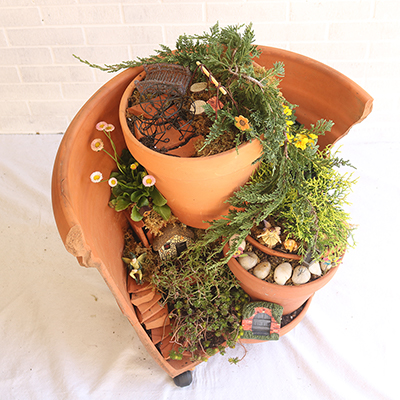How to Create a Low-Maintenance Garden Space
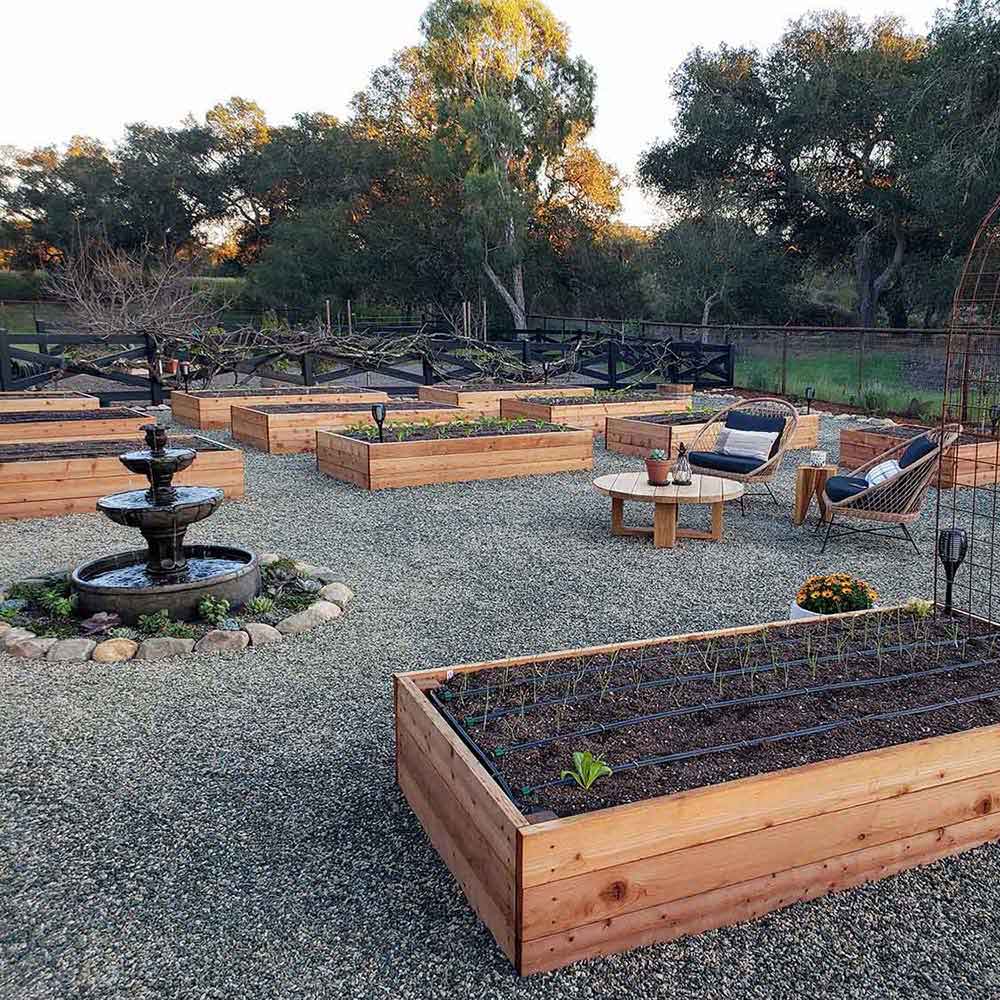
Last updated August 21, 2024
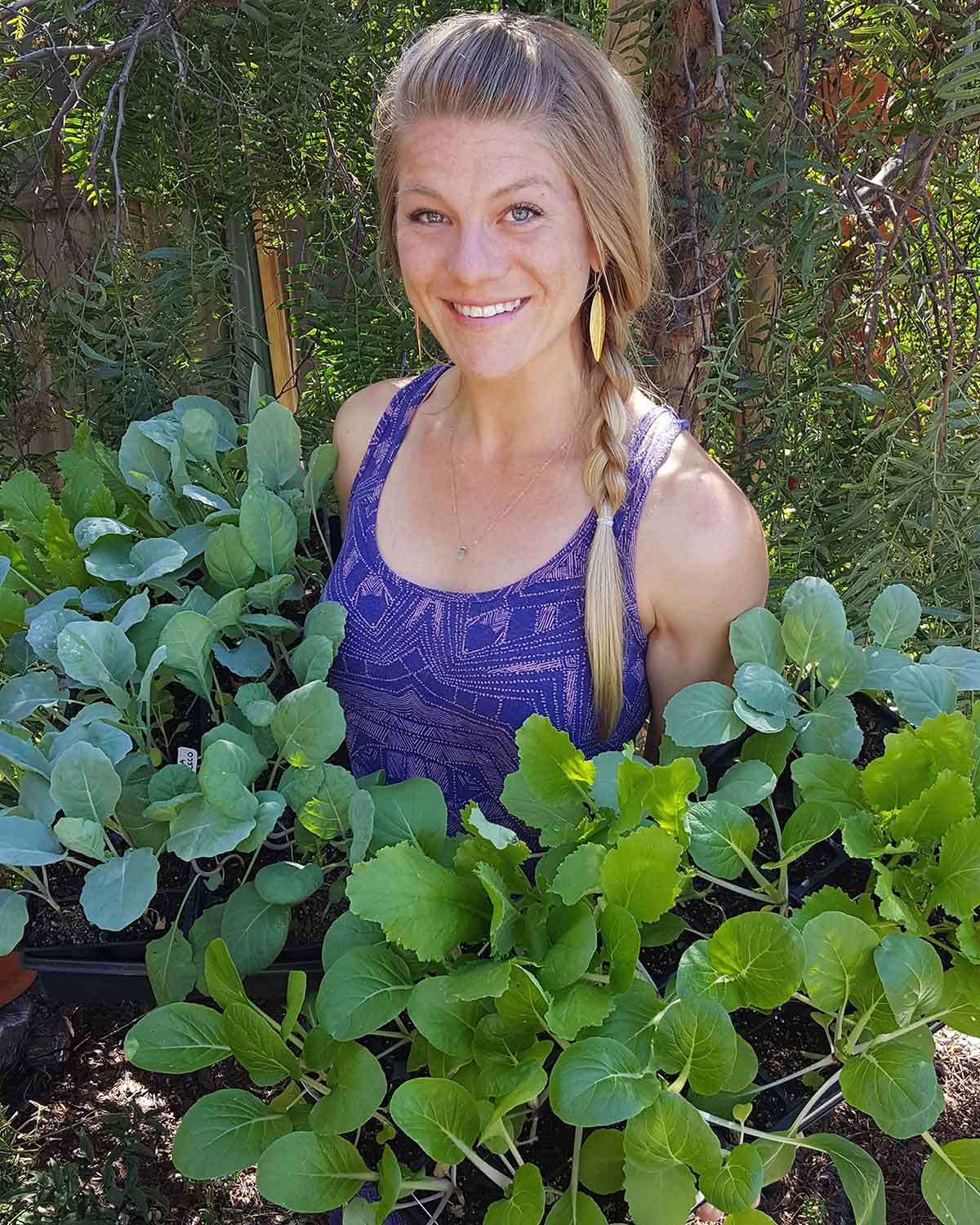
Deanna Talerico, also known as "DeannaCat", is the creator of Homestead and Chill - an online community where she shares her knowledge and passion for organic gardening, real food, and natural wellness. She hopes to inspire and help others to lead more healthy, sustainable lives by sharing tips and tools that make modern homesteading easy and enjoyable. Deanna Talerico, also known as "DeannaCat", is the creator of Homestead of Chill - an online community where she shares her knowledge and passion for organic gardening, real food, and natural wellness. She hopes to inspire and help others to lead more healthy, sustainable lives by sharing tips and tools that make modern homesteading easy and enjoyable.
A Note From The Home Depot
Join Deanna of Homestead and Chill as she shows us how to create a low-maintenance garden space in our yard.
Table of Contents
How to Create a Low-Maintenance Garden Space
Install Edging and Borders
Use Landscape Fabric
Ditch the Grass
Choose Low-Maintenance Plants
Automate Your Irrigation
How to Create a Low-Maintenance Garden Space
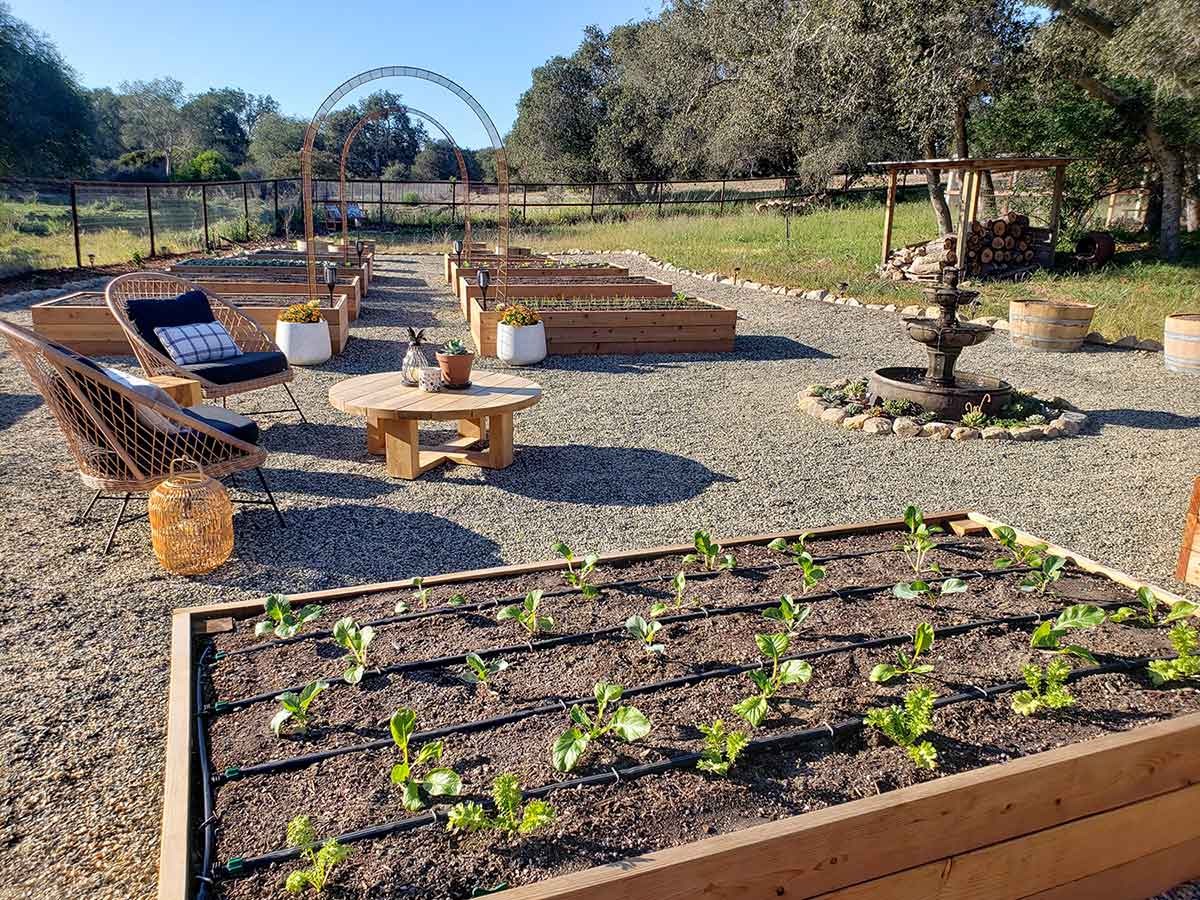
We have a fairly large property; most of it is quite rustic and wild. Between weeding, mowing, pruning, and other upkeep, there is always something to do! So this spring, it was our goal to create a central garden area that is functional, beautiful, and low-maintenance, which means less watering. Now that it’s all set up, it requires minimal upkeep, but offers maximum enjoyment! Read along for tips on how to create a low-maintenance outdoor space of your own.
Install Edging and Borders
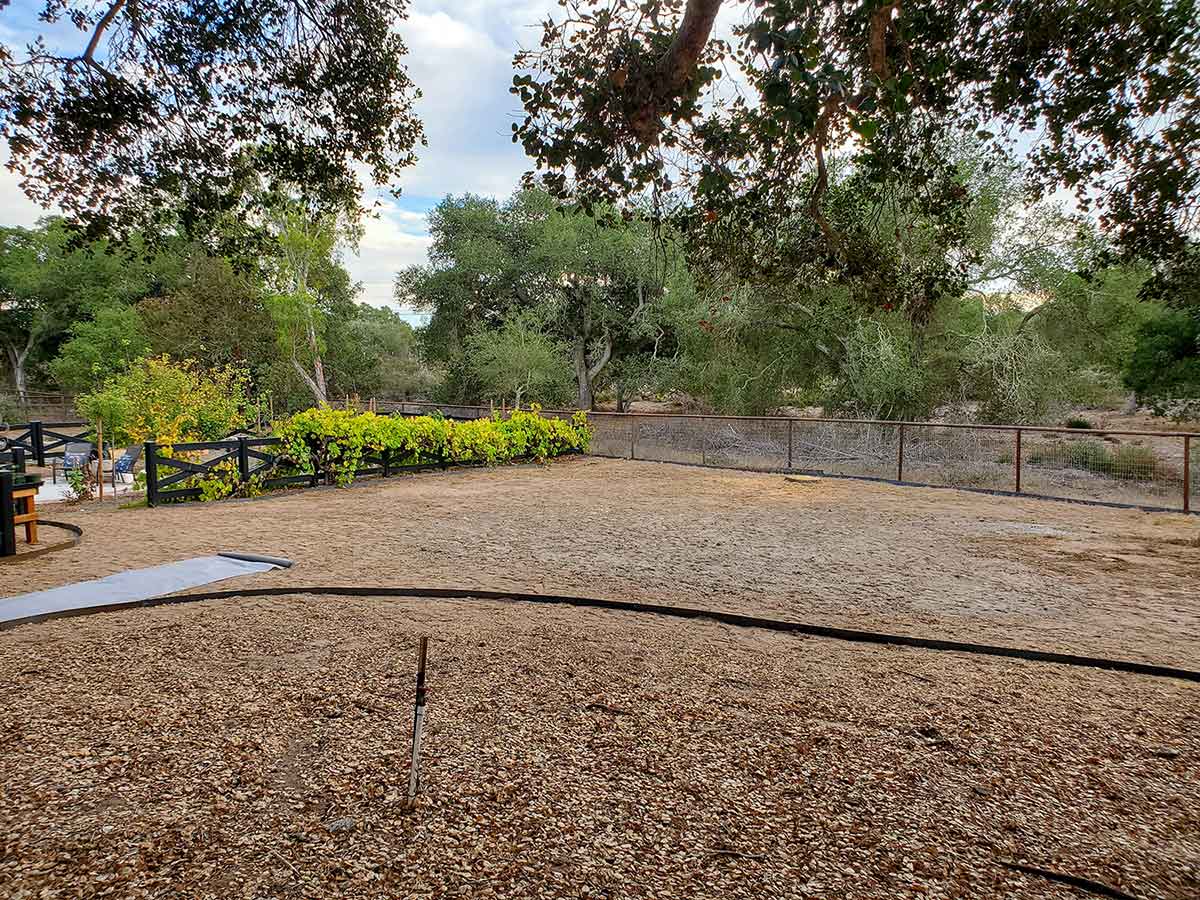
Raised borders and edging add interest and definition to your space. They also effectively retain and separate various types of ground cover material, such as wood chips, bark, or gravel. Even better, edging that extends several inches below the soil surface will prevent weeds or grass from creeping into your low-maintenance garden space!
Get creative with curvy border lines, or keep them crisp, clean and straight. Whatever suits your style! In this particular project, we used a combination of rustic steel edging and large decorative rocks to accent the borders.
Use Landscape Fabric
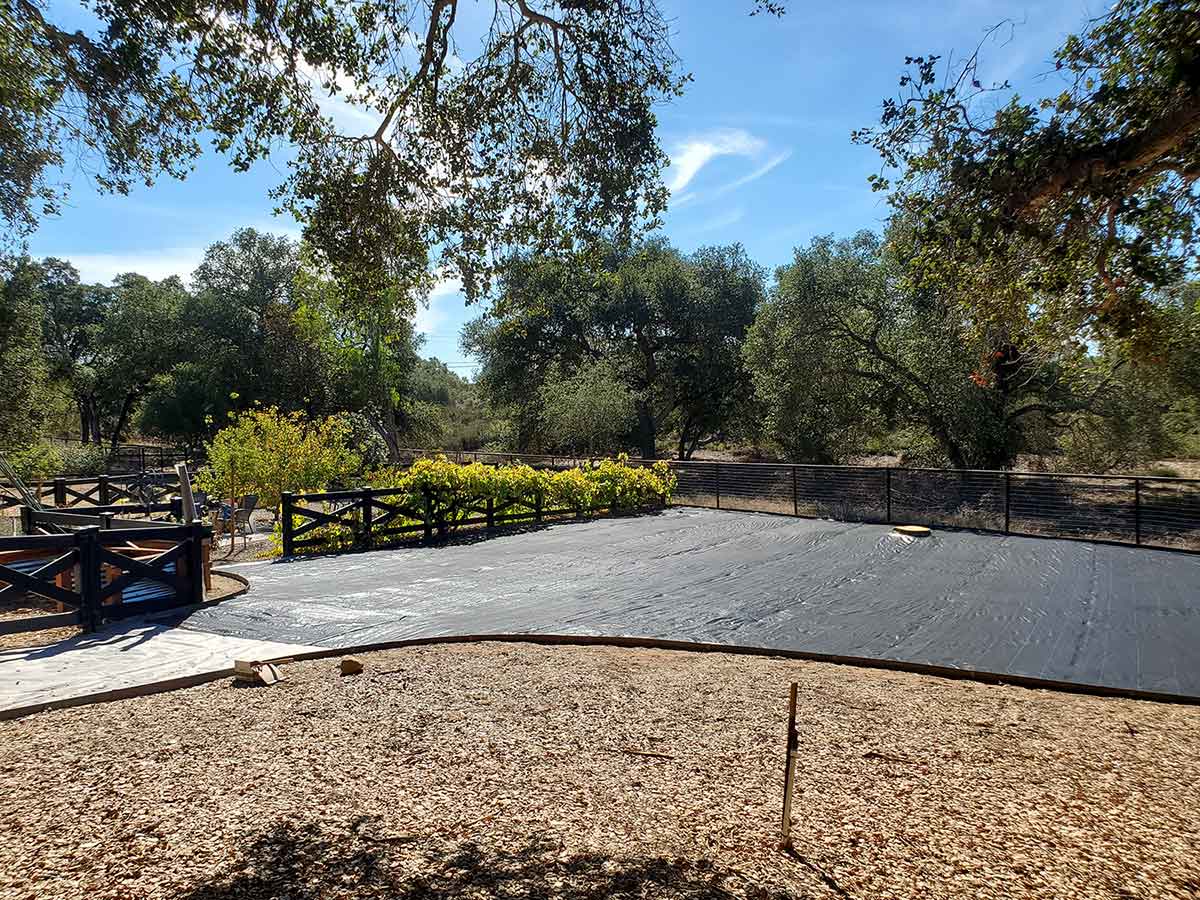
Install a layer or two of weed-blocking landscape fabric before putting down other ground cover like gravel or wood chips. Landscape fabric prevents weeds from growing in the space, vastly reducing your upkeep efforts and need for herbicides! In our area, it also helps control messy gopher mounds. Landscape fabric can be used in perennial flower and shrub beds too. Simply cut holes in the fabric where you want to plant things, and enjoy the weed-free areas in between.
I recommend choosing a heavy-duty contractor or commercial-grade landscape fabric. In my experience, it is really durable and effective. During installation, be sure to overlap each row of landscape fabric by several inches, thereby reducing the chance for weeds to sneak through the cracks. Two layers can help in really weedy, stubborn areas. Pin everything in place with galvanized landscape staples. Don't worry, the fabric is plenty permeable for water drainage!
Ditch the Grass
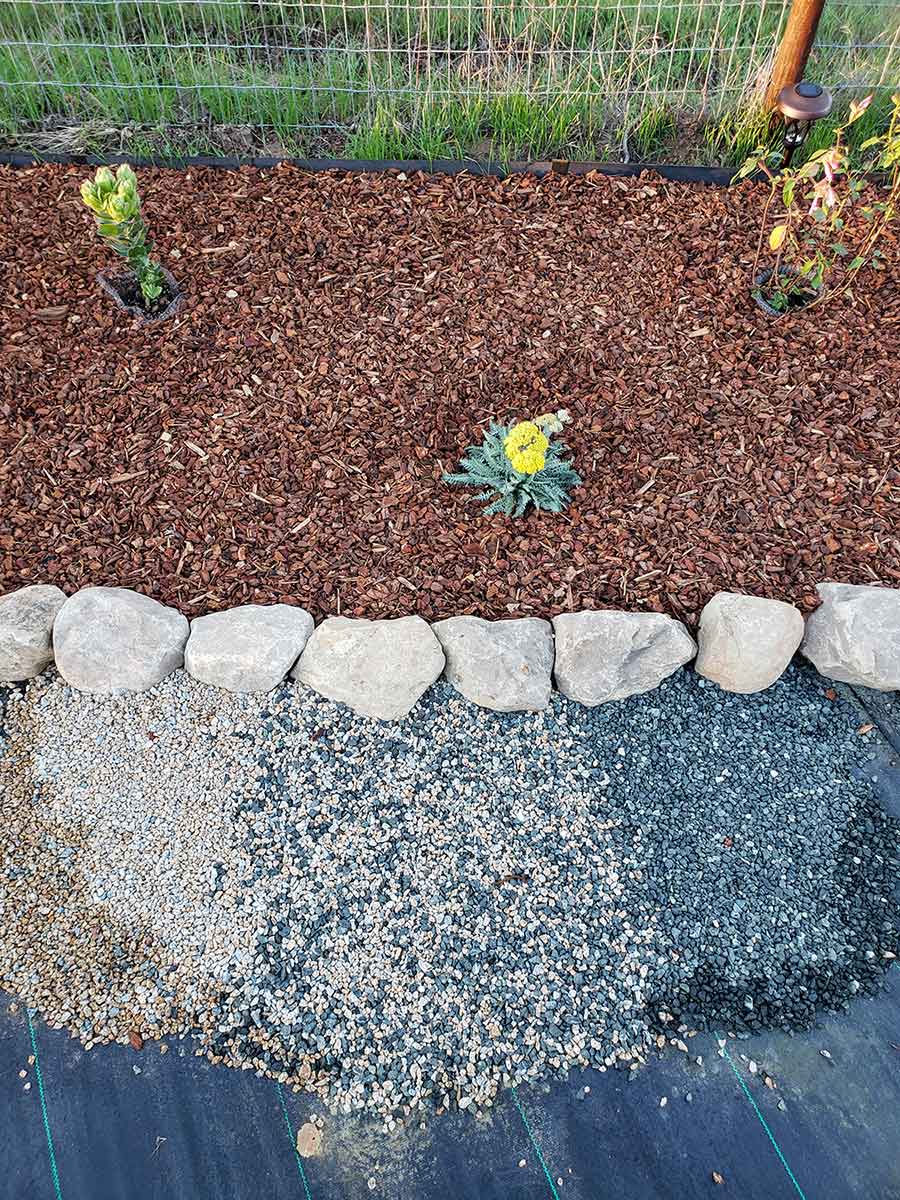
Let’s face it, lawns require a good deal of effort, water, and resources to stay lush and green, especially in drier climates! But it’s possible to create stunning low-maintenance garden spaces using hardscaping elements such as flagstone, pavers, brick, or decorative rock in a variety of colors, shapes and sizes. If you prefer an area of greenspace in your garden, consider low-growing native or ornamental grasses, or even non-grass ground cover options like trailing rosemary, thyme, or germander.
Instead of grass, we used a combination of gravel and bark mulch as ground cover in our new garden. Wood chips are another excellent option, especially for pathways. For maximum durability and weed suppression, aim for about three to four inches deep (for gravel and wood chips alike). Pro tip: if you’re having trouble deciding on the type of gravel to choose, bring home a small sample to see in your space before committing to a larger volume!
Choose Low-Maintenance Plants
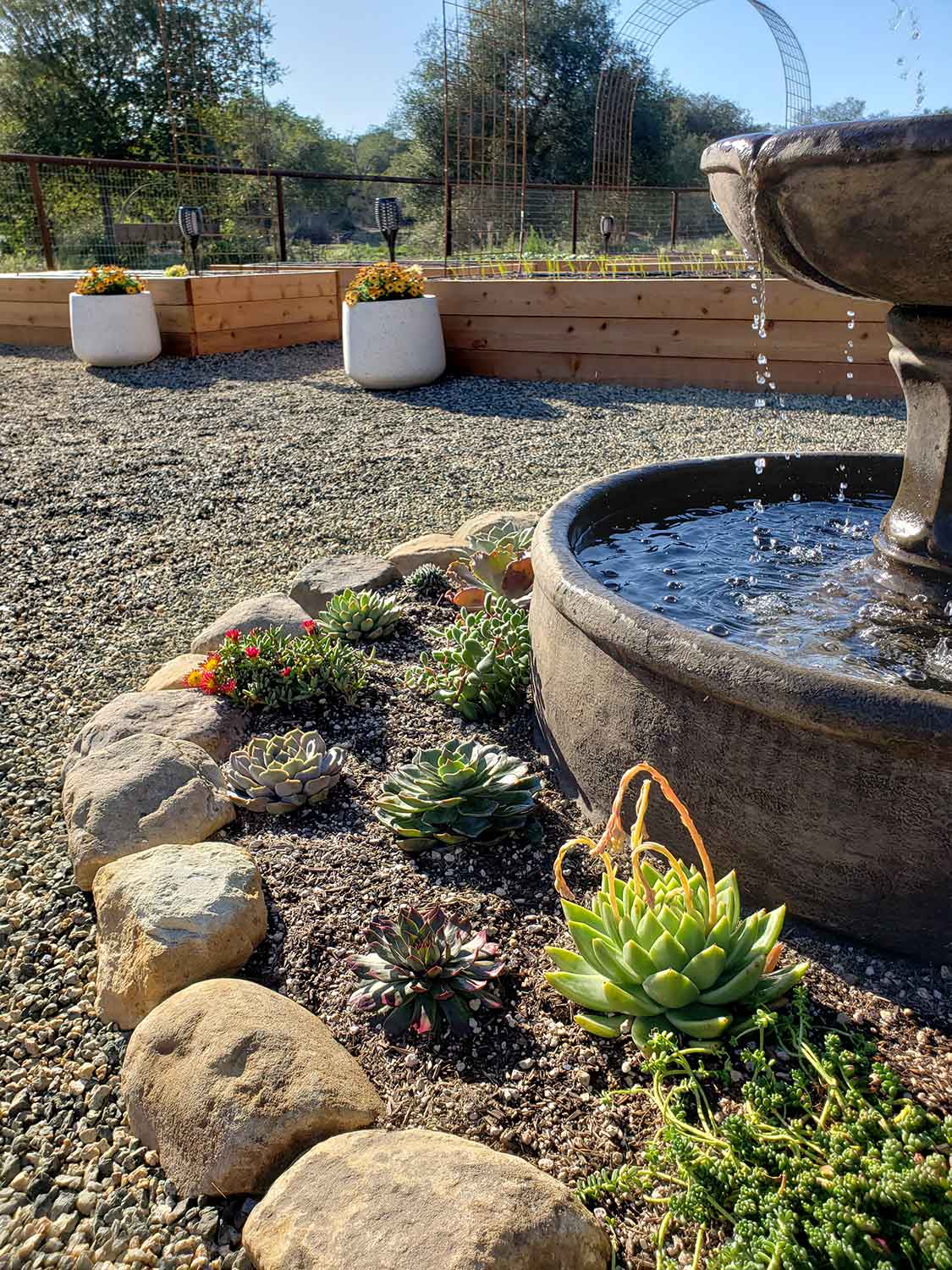
Grow a variety of native and/or low-maintenance perennial plants that are well-suited to your climate. In our low-maintenance garden, we generally avoid plants that require highly specialized care (such as intensive regular pruning, frost protection, or large volumes of water) or those that are known to be especially attractive to pests or disease. Don’t forget to add a few nectar and pollen-rich flowers for the pollinators! Lavender, salvia, rosemary, pincushions, bottlebrush, and yarrow are some of our perennial favorites.
Automate Your Irrigation
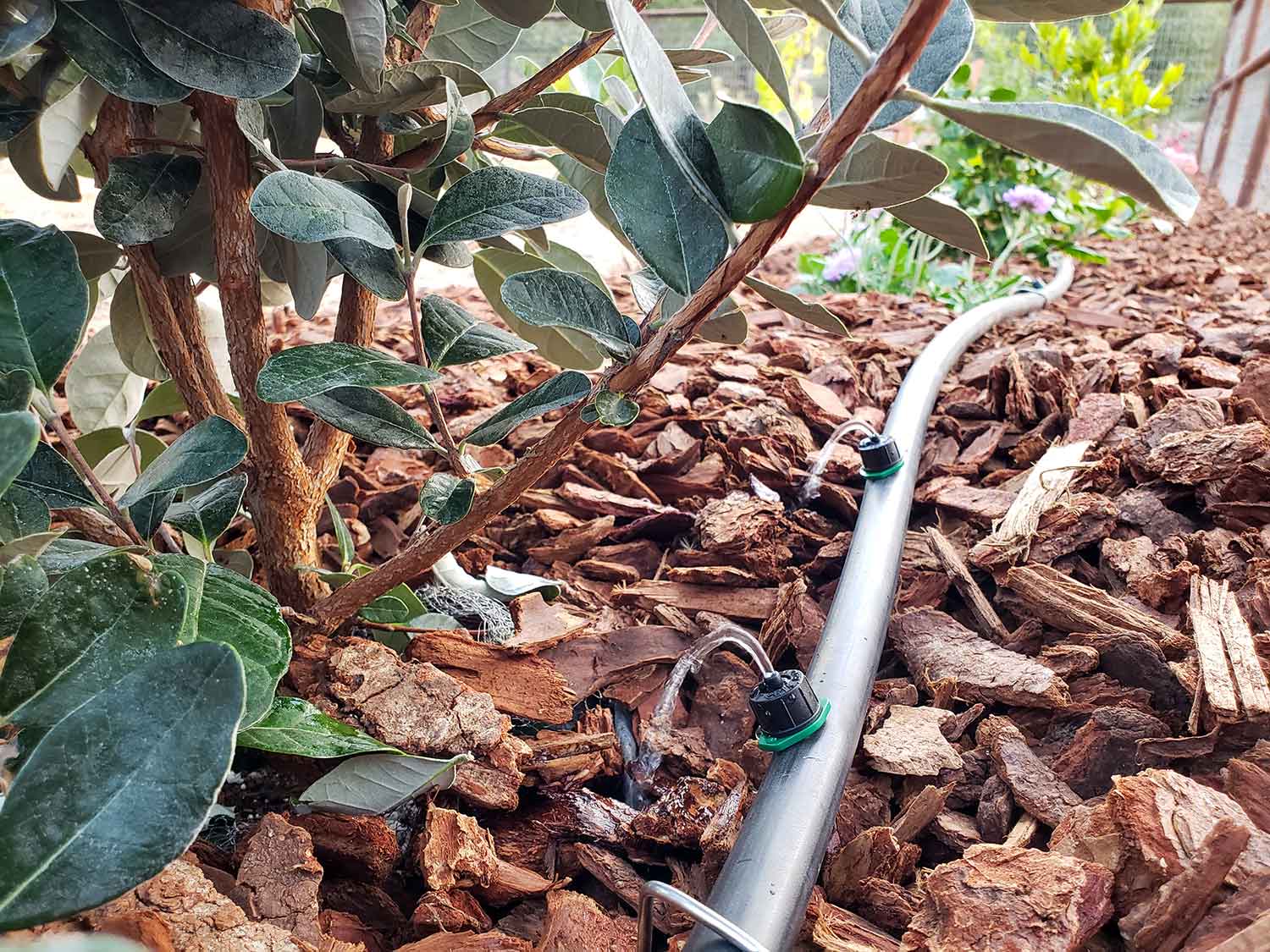
Hand-watering is the opposite of low-maintenance. Instead, consider installing an automated drip irrigation system to save time, energy, and water! Not to mention, plants thrive with a regular, regimented watering schedule. There are a lot of easy DIY drip irrigation options out there. You can even connect a simple drip irrigation system to a nearby faucet or hose bib, which can water either in-ground or potted plants!
Create Space to Grow
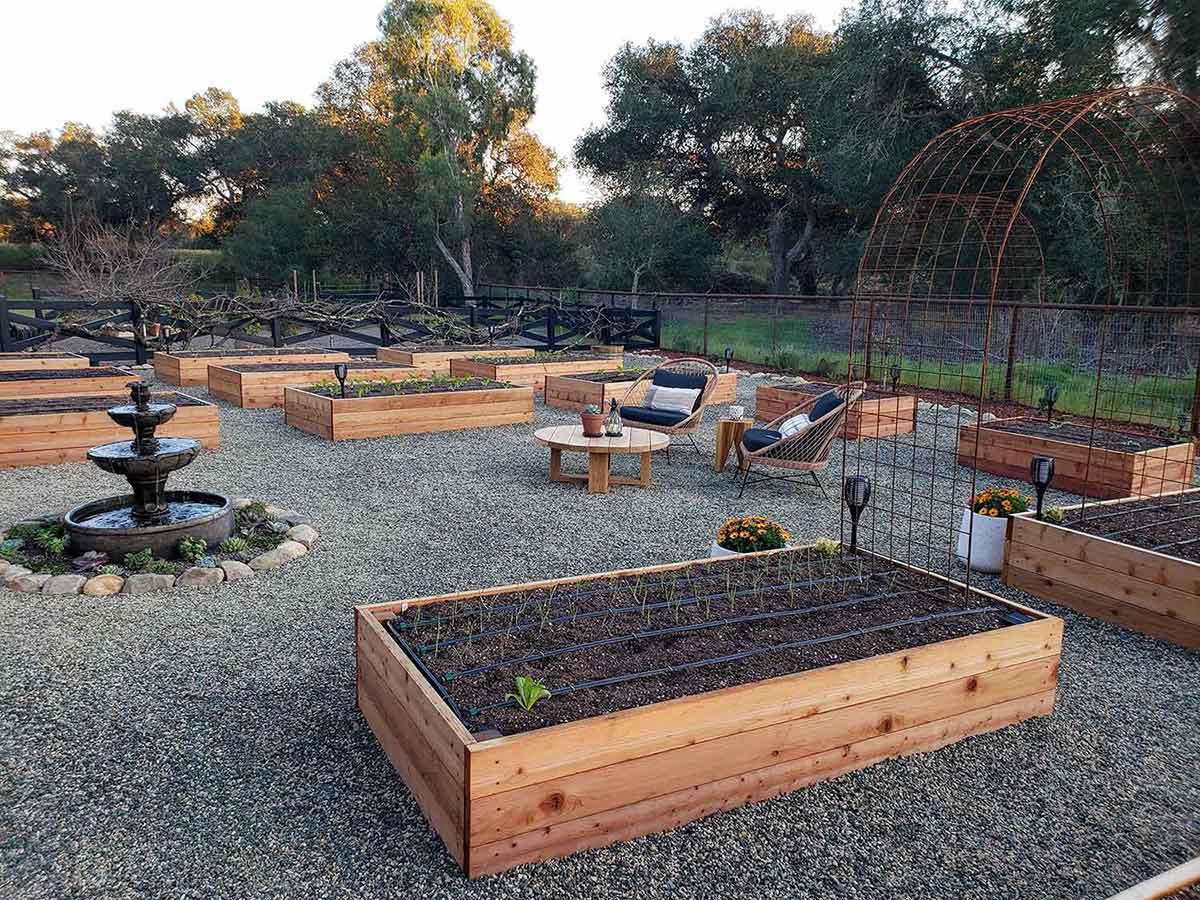
Bring more life and growing space to your garden by adding raised garden beds, eye-catching ceramic pots or other containers to the area. Potted plants are generally less weedy, and more ergonomic to work around! It’s also exceptionally easy to swap out annual potted plants with the seasons. Be sure to use well-draining potting soil made for containers.
Add Style and Function

Last but not least, jazz it up a bit! Incorporate functional seating areas, a fire pit, shade umbrellas, or even a dedicated space to play “lawn” games like cornhole or horseshoes. Add flair and personality with solar lights, lanterns, pillows, citronella candles, outdoor sculptures and art, or even a fountain. Now you can kick back, relax, and enjoy your new low-maintenance outdoor space!
This post was created in partnership with The Home Depot. The author may have received compensation for this article and associated images or video, potentially in the form of products and/or services. All expressed opinions and experiences are the author’s own words.




